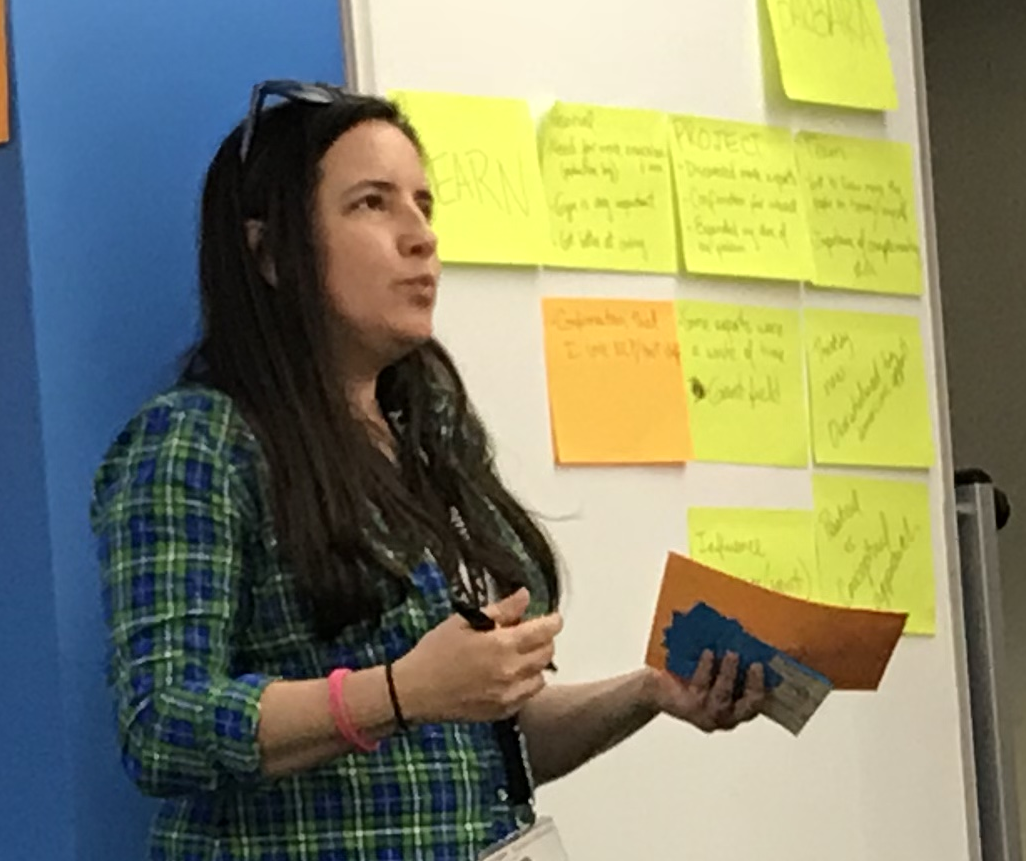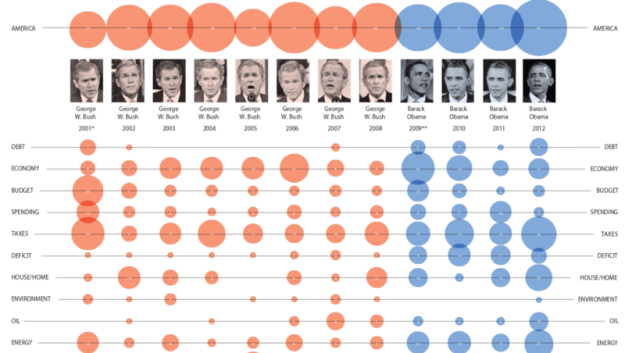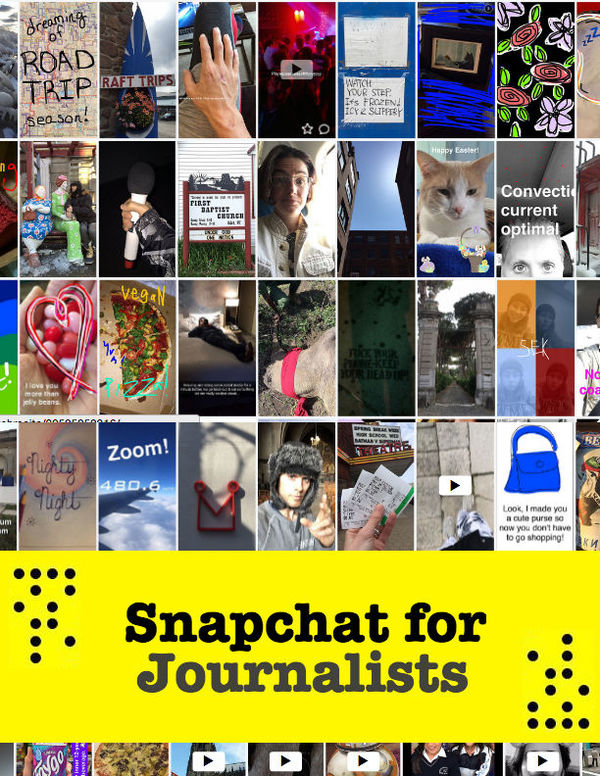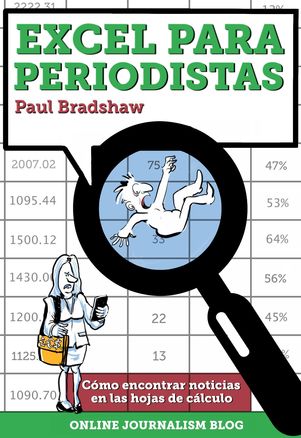Ahead of a Global Investigative Journalism Conference panel on reporting in countries without press freedom, Liana Bravo spoke to Cuban data journalist Barbara Maseda about launching a data portal for journalists in an environment where no official data is published.
Bárbara Maseda has dedicated the last four years to publishing data where none exists. “In Cuba we use investigative journalism tools to search for information that elsewhere in the world would be in a press release,” she says. Other journalists’ data problems, such as receiving data in formats that are difficult to analyse, “are my highest aspirations”.
In 2018 she created ‘Inventario’, an open data project for Cuba. “In Cuba data is treated as confidential information. The government does not give data — or when it does, they are not disaggregated,” she says. Continue reading








